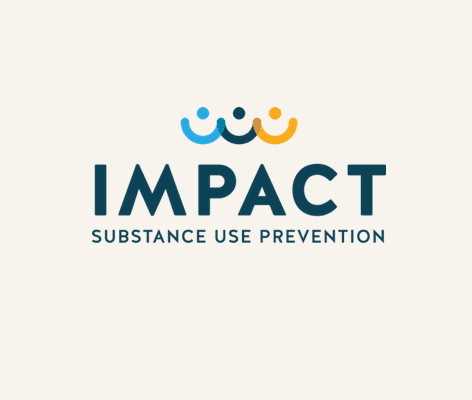
Community-Based Prevention Works
Panaptic wraps its arms around the whole community. Because every person has an opportunity to help someone.
Book a ConsultLack of Engagement
These programs may fail to engage students effectively, as they often present a one-sided, fear-based message that may not resonate with the target audience.
Oversimplification
The “Just Say No” approach often oversimplifies the reasons why people use drugs, ignoring the social, emotional, and environmental factors that contribute to substance abuse.
Ineffectiveness of Fear Tactics
Research suggests that fear-based approaches alone are not very effective in preventing substance use, as they may not provide students with the tools and skills they need to make informed decisions.
Stigmatization
Such programs may inadvertently perpetuate biases about individuals struggling with substance abuse issues, creating barriers to seeking help.
Limited Real-World Application
Critics argue that these programs do not provide practical strategies for handling real-life situations and peer pressure related to drug use.



